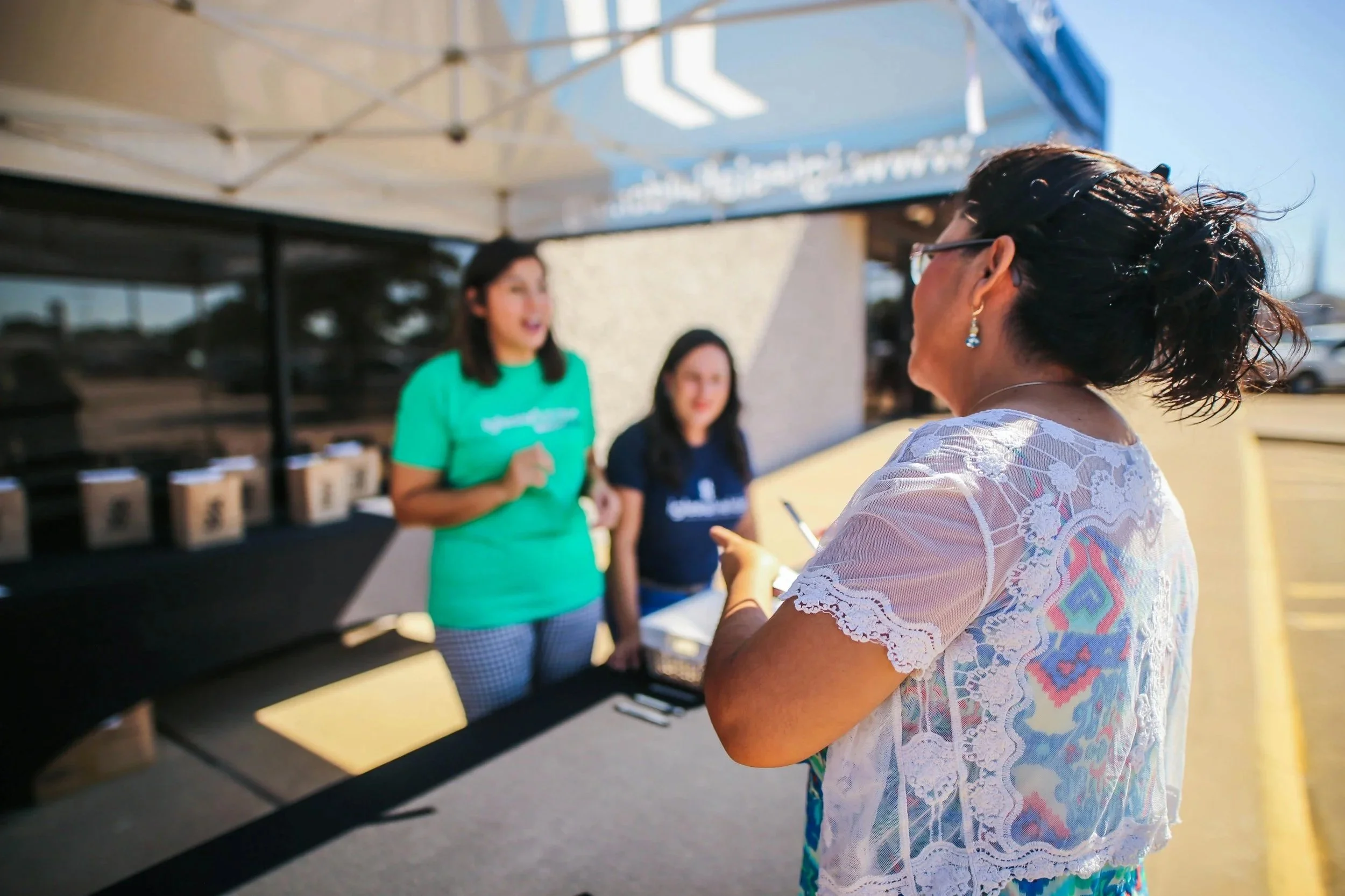From clicks to foot traffic: Turning online interest into local sales
A strong online presence is essential, but the ultimate goal for many local businesses is to get more customers through the door. The challenge is converting website visits, searches, and social engagement into real-world sales. With the right strategy, your digital presence can become a consistent driver of foot traffic, boosting both revenue and local brand recognition in South East London. Below are nine tips to do so:
1. Optimise your Google Business Profile
Your Google Business Profile is often the first touchpoint for local customers. Include high-quality photos, accurate opening hours, services offered, and regular posts. This improves local SEO and builds trust. For detailed guidance, see our Google Business Profile blog. You can also visit Google’s official Business Profile Help Centre for advice on setup and verification.
2. Use location-based calls-to-action
Calls-to-action work best when they feel personal and local. Instead of saying “visit our store,” try “pop into our Welling store today for a free consultation.” Localised language encourages immediate action and makes your business feel part of the community. To learn how tone and storytelling shape visitor behaviour, read our storytelling in web design guide. For insights into customer search habits, see Think with Google’s local search insights.
3. Promote local events
Whether it’s a seasonal fair, local market, or charity event, tie your business to what’s happening nearby. Showcase these on your website and social media to increase visibility and relevance. For example, promoting a “Greenwich Summer Market stall” encourages both online engagement and foot traffic. You can find more event promotion ideas in Eventbrite’s local event marketing tips.
4. Leverage click-and-collect
Offering online orders with in-store pickup merges convenience with in-person connection. It encourages repeat visits and opens the door for upselling. A bakery could invite customers to collect their pre-ordered loaf and browse other items in-store. If you’re new to this approach, Shopify’s guide to click-and-collect strategies explains how small businesses can make it work effectively.
5. Highlight exclusive in-store offers
Exclusive in-store deals motivate visits. Limited-time promotions, free samples, or loyalty perks create urgency and encourage customers to drop in. Even small gestures can have a big impact on converting online browsers into in-store visitors. For more on how small user experience tweaks can influence customer behaviour, check our psychology of website speed blog.
6. Engage with local social media groups
Participating in Facebook community groups or using local hashtags such as #WellingLife or #ElthamShops helps build familiarity and trust. Be genuinely helpful by sharing advice or updates. Over time, this friendly presence can translate into real-world visits. For practical guidance, explore Meta’s local community building tips.
7. Make directions and logistics clear
Don’t assume visitors know where you are. Embed a map, include parking options, and mention nearby landmarks or transport stops. Clear directions reduce friction and make it easier for customers to visit. You can generate an embedded map link easily using Google Maps. Also if you have parking and it’s not obvious to where it is to your customer, make sure you put details on your website and signage around your business.
8. Encourage reviews and word of mouth
Positive reviews act as powerful social proof. Showcase testimonials on your website or social channels, and encourage satisfied customers to leave feedback on Google. Real customer stories build trust and inspire new visitors. For best practices, see Google’s guide on reviews to learn how to turn testimonials into compelling stories.
9. Your branding needs to stand out - and be consistent
Your brand is vital. If you use a colour scheme for your logo, use similar colours inside the business on graphics, signage and uniforms (if applicable) too. This will create a stronger experience for your customer. These colours need to also be passed to your social channels and any email marketing you may want to implement. See our blogs on how colour & design choices shape customer perceptions and how to use colour psychology to strengthen your brand.
Conclusion
Converting online engagement into foot traffic requires strategy, attention to detail, and community awareness. By optimising your Google Business Profile, using localised messaging, and creating seamless online-to-offline experiences, South East London businesses can turn clicks into real-world visits. Every interaction becomes an opportunity to grow awareness, revenue, and customer loyalty.



